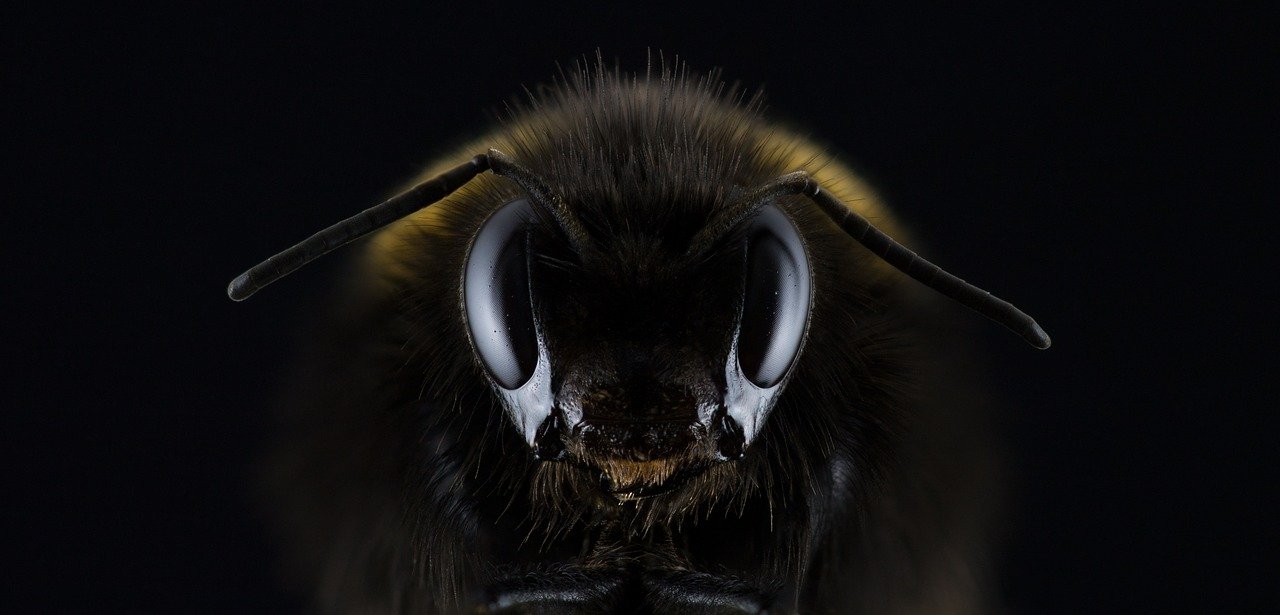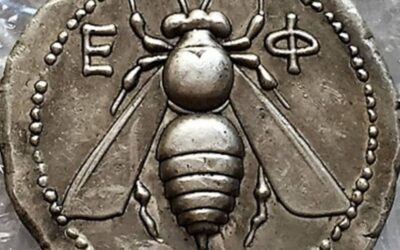This time, let’s let our imagination run wild and ask ourselves a fundamental question. Namely, whether blockchain technology can be useful to eliminate or radically complicate fraud in the composition of bee products. Sounds like science fiction? Not necessarily.
While examples of fraudulent, or more mildly misleading consumer practices can be countless, almost everyone has encountered at least two. Perhaps the most popular of these is the addition of syrups of non-honey origin to honey, the consequences of which for the quality of the product probably do not need to be described. The second practice, which affects a fairly wide range of consumers, is the addition of paraffin and stearin-type admixtures to natural beeswax. As a consequence, all products made from wax like beeswax hoses, candles, or a whole host of cosmetic products actually lose their expected properties, and there may even be negative effects of using such products. The genesis of such practices by manufacturers or importers of bee products is one: to sell more, with higher margins, and make more profit.
Naturally, some manufacturers reduce the quality and thus the price of their product, therefore meeting consumer demand and preferences. And there would be nothing wrong or undesirable in this, as long as we are not dealing with a deliberate practice of misleading consumers by selling, for example, as “honey” a seemingly real honey with 50% honey in it. And what’s worse, at a price barely or not at all different from full-flavored honey. Although the described practices are not particularly revealing and are, after all, common in a huge number of product groups, not only of bee origin, is there nothing we can do about it except passively accept this fact? Well, it seems not. First of all, we are still in a fairly comfortable position, as we have high food quality standards in Poland and produce excellent bee products, while also being a significant producer of them. Unfortunately, consumption currently exceeds production. At the same time, an important part of production is exported mainly to the rest of the EU, and the entire emerging market deficit is met with imports. And there would be nothing unusual about this if at the same time the honey import comes mainly from countries outside the EU, i.e. mainly from Ukraine and China, and not, for example, from countries exporting honey as excellent as Polish honey, such as Hungary, Greece, Croatia or Romania.
And here we reach the essence of the mechanism, which is a nexus of demand, supply, “entrepreneurship,” temptations, customs policy, legal norms and inspection and certification standards. Let’s continue to use the example of honey (although this applies to almost all bee products, including wax). At the junction of this huge mass of “cheap” imports (in the sense of poor quality, and often falsified product) and domestic production, there is often, simply put, a mixing of honeys from these two different sources.
As a result, the honey available on store shelves is, for the greater part, actually a better or worse mixture of native and “cheap” imports from outside the EU. What’s worse, you often can’t even be sure if the jar of honey you buy in the store doesn’t contain only fake honey from China.
Much could be written about it, so to sum up, the reality is that fraud has destabilized the domestic and global honey market, because no one knows where the honey we buy as consumers actually comes from. To make matters worse, the same is true for the wax market and the main product made from wax, namely beeswax foundation. And this hits not only the last link which is the consumer anymore, but hits the very heart of the bee product supply chain which is the apiary.
The range of recipes for such a state of affairs naturally includes classic instruments, such as customs policy, control system, regulations, etc.
For example, some countries, including the United States, have begun to impose really strict regulations and tariffs to stop imports of Chinese “cheap” honey. The effectiveness of such tools can be debated, of course, and they are undoubtedly effective and desirable to a certain extent. Nevertheless, let’s return to our title thesis, i.e. whether blockchain technology can be helpful in this context. Well, without getting into complex definitions, but understanding that blockchain technology is a kind of objective guardian and the basis of the information system guarantees the impossibility of changing (falsifying) the data is thus an ideal tool for identifying the product, especially its characteristics or origin. This idea comes at the heart of BeeIO’s beeswax bank venture. In short, by creating a wax bank that, as a resource of physical wax, simultaneously has its virtual representation in the form of a token on the blockchain network, we are perhaps the first in the world to take the first step on this path. This first step is an attempt to solve only a fraction of the entire problem and gives the tool only a share or access in a specific, identified, standardized qualitatively and quantitatively resource of a single product such as beeswax. It seems that the possibilities of using blockchain technology are almost limitless, although one should be aware that the adoption of any new technology takes time, many trials and experiments. Would it be enough to break the “bee fraud” scheme? We would like it very much, and although it sounds like a dream, we already know that it is a very real and not distant vision of Beekeeping 2.0


